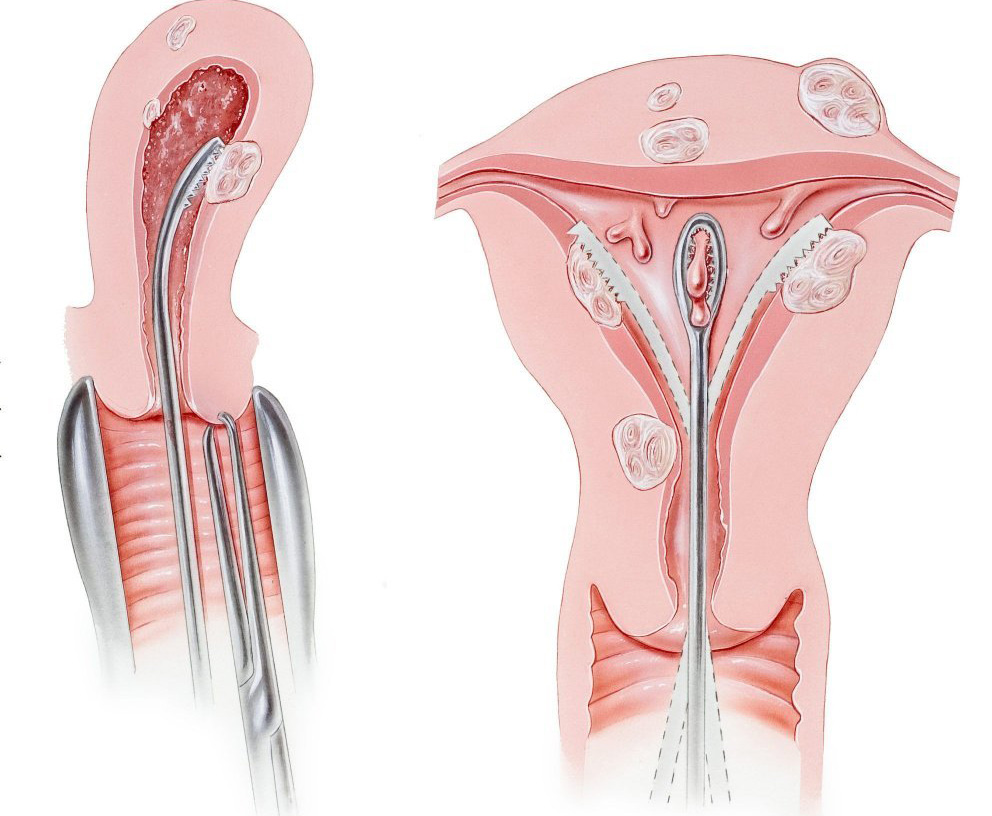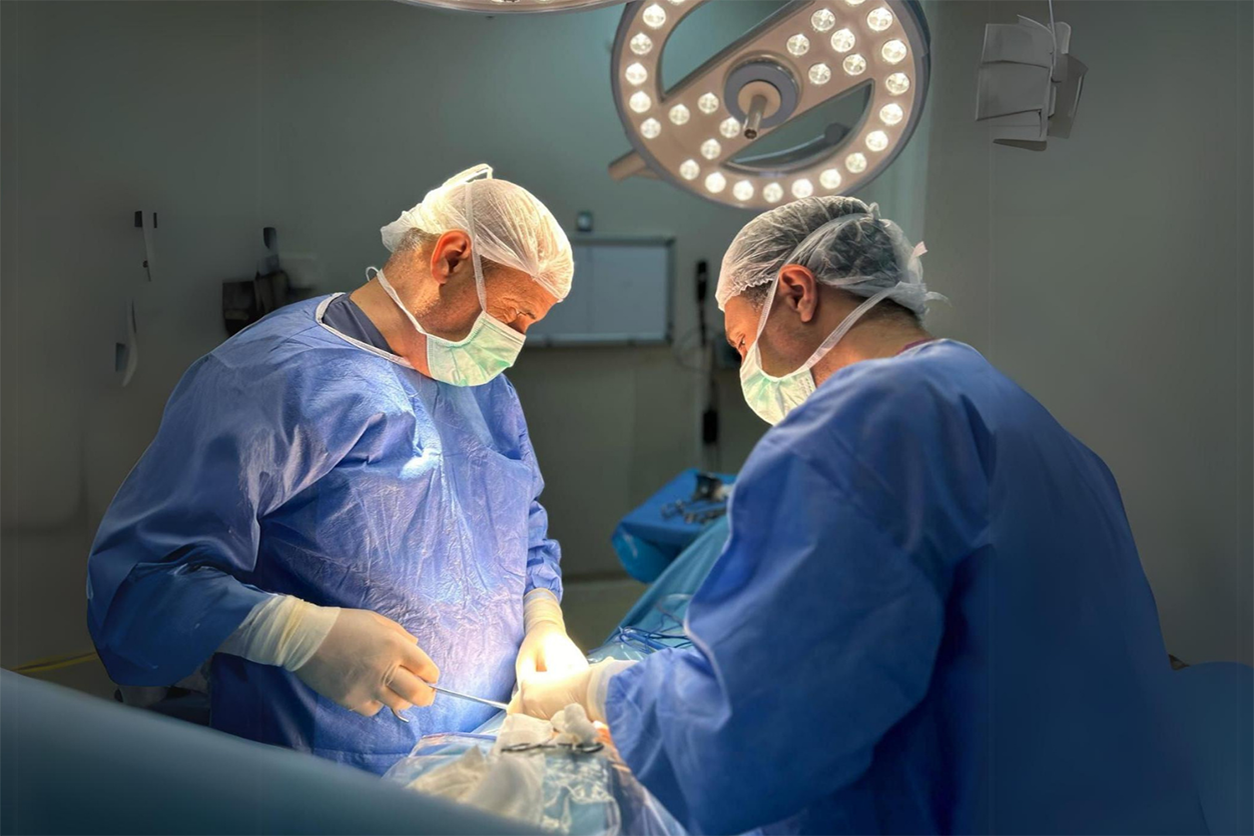The word "abortion" derives from the term "curettage," which refers to the scraping or cleaning of the uterus. In medical contexts beyond obstetrics, "curettage" refers to the procedure of scraping a particular area for medical purposes. In gynecology, curettage is used both to terminate pregnancies and to obtain biopsies from the endometrium and the endocervix, which are areas inside the uterus.
In cases outside of pregnancy, endometrial curettage and biopsy are performed, particularly when women experience excessive and irregular bleeding, or when ultrasound shows thickening of the uterine lining. The collected tissue is sent to pathology for analysis, and treatment plans are then formulated based on the results.
Abortion, within the legal limits, is performed either for elective or medical reasons. It is typically done within the first 10 weeks of pregnancy and is considered a very safe procedure.
The abortion procedure is generally performed under local anesthesia or sedation, with the procedure itself usually lasting about 10 to 15 minutes. It typically causes minimal pain, which is mild and usually resolves within a few days. Recovery time can vary from person to person, but generally, a few hours of rest post-procedure is sufficient. Pain relievers and antibiotics may be prescribed as needed during the recovery process.






